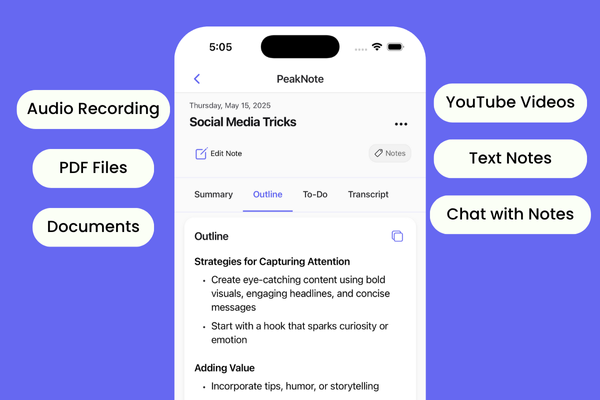Many IT professionals are switching from Web technologies to Java. Some reasons why people are choosing Java are the new popularity, increased support, and availability of both open-source versions and commercial offerings. Unlike other technologies in the market, Java-supported applications will be able to interact with other electronic devices on the web which makes them highly suitable for complex computational tasks.
Java is an object-oriented, general-purpose programming language that is most famous for being the main choice for developing software in the Java platform. Even with Java's huge popularity, there are many other options when it comes to backend programming environments that use Java.
Let this article be your guide in choosing which Java framework might work best for you.
1. Spring
Spring is designed to help simplify the development process for software developers. It takes care of things such as dependency, configuration, and runtime management, comparing each request to make changes. Spring also provides support for health monitoring features that can help with the prevention of complications occurring in the run time of the code.
Spring is a tool that's engineered to make the work of software developers easier. It gives them powerful tools they can use like reactive programming to build fast, reliable applications quickly and with less effort than ever before.
Spring libraries are trusted by developers all over the world. Spring gets great reviews from customers and is recognized by big names in technology like Alibaba, Amazon, Google, Microsoft, and more.
2. Hibernate
Hibernate is a type of Object-Relational Mapping Framework. It's designed to give organizations greater flexibility in how they use databases. Hibernate will let your applications treat their data as either hierarchical or relational. Most importantly, it allows software developers to build rich relationships between entities and it provides an automatic mechanism for persisting objects.
3. Dropwizard
Dropwizard makes it easy for you to create a production-quality web service. It is built on top of existing libraries in the Java ecosystem and has out-of-the-box support for sophisticated configuration, application metrics, logging, operational tools, and other business-facing functionality.
Dropwizard is a light Java Framework that is free and open source. It lets you deploy stateless services quickly by reducing the amount of boilerplate code that it takes to do so. Dropwizard doesn't even require Maven to get started, so your development experience is smooth from the very beginning.
4. Spring Boot
Spring Boot is a relatively new framework that has quickly become popular in the Java community due in part to its success and support. Spring Boot creates web applications using modern tools, like Gradle. These applications provide security capabilities out of the box, such as authentication and encryption, so you don't have to do any major configuration changes to make your site secure.
Spring Boot helps you create stand-alone Spring applications with features like embedding Tomcat, Jetty, or Undertow directly. With the ability to provide opinionated 'starter' dependencies for simplicity, Spring Boot will automatically configure and make required configuration changes so that you can get your project up and running quickly. Additionally, it takes extra steps such as metrics, health checks, and externalized configurations into consideration while you are developing.
Spring Boot is the perfect choice for quick, easy, and elegant microservice development. You can run small pieces of your application as standalone processes, go big with complete container support through Spring Cloud, and benefit from all sorts of other great features like an auto-configured embedded web server.
5. Play Framework
Play is based on a stateless, lightweight web-friendly architecture. Built on Akka, Play provides predictable and minimal resource consumption (CPU, memory, threads) for highly-scalable applications.
Underneath the covers technology, the company uses Akka and a stateless approach to its software. The compiler and runtime on the JVM node crunch through all data, enabling apps to share matrices like this without performance modifications.

